#Industrial History
Text


My first zine Repeating pattern is now out on Gumroad !
It's a collage of photos, hand drawn patterns and an essay I wrote about my thoughts on the history of industrial pattern design in Finland and Estonia (Particularly in Forssa and Narva). It also includes a tutorial on how to make your own repeating patterns by hand.
I plan to keep making zines on the subjects that interest me - city gardening, weaving, plant dyes... I had so much fun making this one!
68 notes
·
View notes
Text

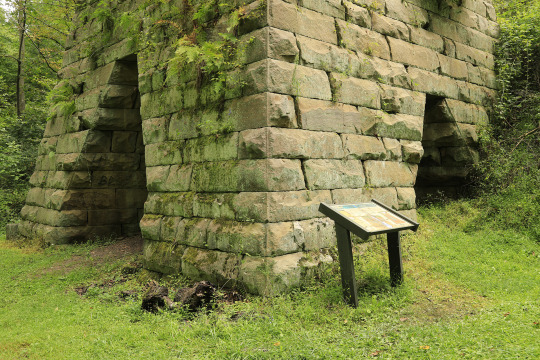


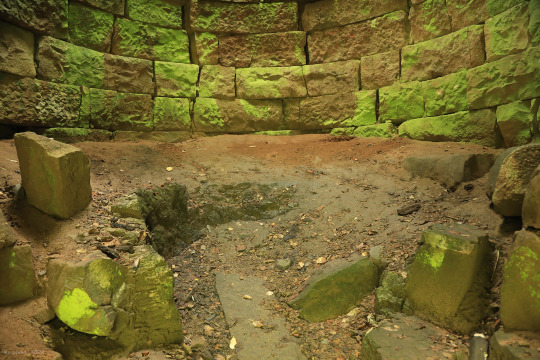



The Virginia iron furnace near Albright, West Virginia is one of a handful of water-powered blast furnaces still standing; they were constructed to smelt pig iron, a key ingredient in steel, in the early days of America's industrial area. Iron ore and limestone from the local mountains were poured onto burning charcoal from the top of the furnace, and molten iron ran out the bottom. The temperature of the charcoal was maintained by a bellows powered by a waterwheel, which was turned by water diverted from adjacent Muddy Creek. Built in 1854, the furnace ran until the end of the 19th Century, and was eventually acquired and preserved by the Daughters of the American Revolution. The structure has since been added to the National Register of Historic Places. In addition to its historical significance and beautiful setting next to Muddy Creek, the furnace also apparently serves as a clandestine meeting place for those seeking a more personal form of recreation (seriously, people will do it anywhere).
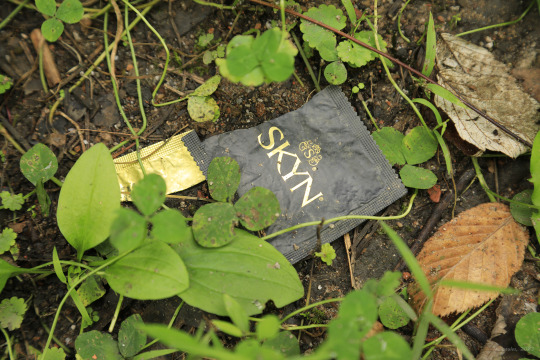
#appalachia#vandalia#west virginia#iron furnace#iron ore#pig iron#preston county#muddy creek#cheat river#industrial history#human history#smelting#virginia iron furnace#national register of historic places#daughters of the american revolution
74 notes
·
View notes
Text

Detail from an abandoned textile factory in the town of Forst, Germany.
#abandoned#urbexphotography#urbexworld#texture#industrial#decay#lost places#urbex#found art#moody aesthetic#moodyphotography#grime#beauty in decay#hidden beauty#urbex photography#industrial history#abandoned factory#photographers on tumblr#original photographers#original photography blog
58 notes
·
View notes
Text
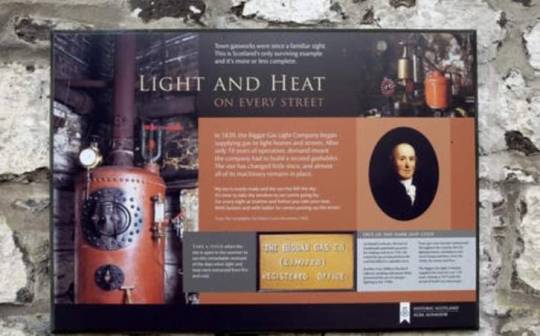


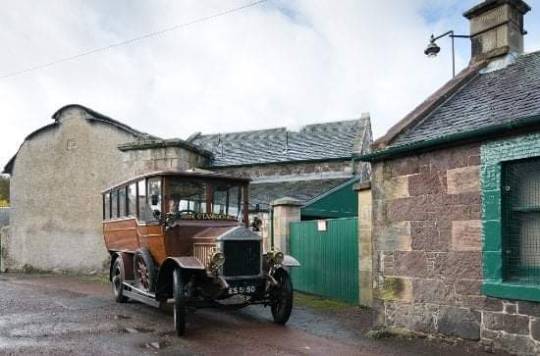
On January 4th 1973 Biggar Gasworks ceased production, eventually becoming a museum.
For more than 130 years, from 1839, Biggar Gasworks made coal gas for the town and surrounding district. It was one of the first small-town gasworks to open in Scotland, and among the last to close, hence I am including it in our anniversaries.
In the 1780s, Archibald Cochrane 9th Earl of Dundonald, came across coal gas while heating coal to obtain tar, for use in preserving ships’ timbers. He was able to use this ‘waste product’ to light some rooms in his home at Culross, Fife.
Experimenting with coal gas was one thing. Solving the technical and commercial problems of creating a large-scale industry was an entirely different matter. Step forward another Scot, William Murdoch/Murdock, from Ayrshire. In 1806, while working for the Boulton & Watt Company, he designed the first large-scale installation, at a Manchester cotton mill. Murdock was a brilliant Scottish engineer and inventor. He probably doesn't get the recognition he deserves, do a search for him for more info.
In 1812, Friedrich Winzer, a German, established the world’s first public gas undertaking, in London. By 1815, the Chartered Gas Light & Coke Company had laid 26 miles of gas pipe. Glasgow got its first supply in 1817, Edinburgh in 1818. Biggar was among the first small towns to convert to gas, in 1839, the year Murdoch died.
Biggar Gasworks is remarkably complete – even the coal barrows and shovels remain. Buildings and equipment have been renewed and replaced over the years, but almost everything is in place.
The retort house, where the town gas was manufactured, was built in 1839 is the oldest building on site. It was stripped of its coal-fired retorts in 1914 and ended up as the coal store. (At that time, the gasman was using 400 tons of coal per year to serve 320 consumers and power more than 100 street lights.) A new retort house, complete with purifying equipment, replaced the old one.
The building that now contains the visitor centre and display was put up in 1858 to house the gasman and his family. John Ramsay, from Carluke, was the first tenant.
The two gas holders originally installed in 1858 and 1879 were rebuilt in 1918 and 1939 respectively.
It is the only preserved gasworks left in Scotland.
21 notes
·
View notes
Text


höninger weg // köln zollstock
somewhat hidden on höninger weg in cologne, the wilhelm hammes marmorwerk, now naturstein hammes, was located until 1990. a beautifully designed selection of products still adorns the façade of the front building to this day.
etwas versteckt auf dem höninger weg in köln befand sich bis 1990 das marmorwerk wilhelm hammes jetzt naturstein hammes. eine schön gestaltete produktauswahl schmückt noch heute die fassade des vorderhauses.
#cologne#köln zollstock#photography#architecture#architecture photography#design#facade#germany#urban#kunst am bau#art in architecture#marbel#history#industrial history#rhineland#wilhelm hammes marmorwerk
14 notes
·
View notes
Text

History is full of things that lift other things. In ancient Greece, and China, and Hungary, there were systems of weights and pulleys and platforms designed to bring nobility–or their meals–to new heights.
And somewhere below were draft animals, or even people, tasked with turning wheels to bring these early elevators up and down. One man in France spent the year of 1743 inside a chimney, ever in wait of a bell which would ring when he was required to hoist King Louis XV on a “flying chair,” just so the king wouldn’t have to walk up a single flight of stairs.
These elevators were dangerous. Ropes would snap, and then anything getting raised or lowered would plummet to the ground. Fall one story and you break your leg–fall two stories you break your neck. And this fear of falling kept building heights low. People only wanted to ascend as high as they could walk. The tallest buildings at the time were churches and lighthouses–buildings made up primarily of empty space.
And then came Elisha Otis.
Elisha Otis did not invent the elevator. He invented the elevator brake. He gave demonstrations where he would stand on a platform elevated three stories in the air, and have his son cut the rope with sword. And the crowd would gasp as Otis did not plummet to the ground, but remained suspended in the air.
The Otis Elevator Company received a patent for the elevator brake in 1913. Buildings haven’t been the same since.
12 notes
·
View notes
Text

Andrew Carnegie
#andrew carnegie#history#vintage#industiralist#buisnessman#buisness owner#industrialist history#industrial history#american#us#america#american history#america history#us history#business history#carnegie hall#photography#black and white photography#portrait#street photography#street#new york city#new york#new york history#new york city history#east coast#east coast history
10 notes
·
View notes
Text
Hello from Centralia, where the graffitists have adopted a "nuff said" artistic mode.
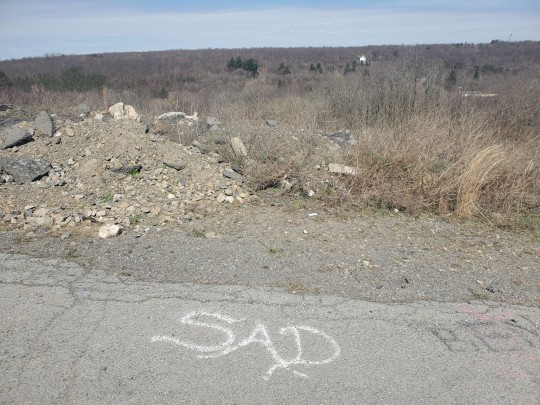
9 notes
·
View notes
Text
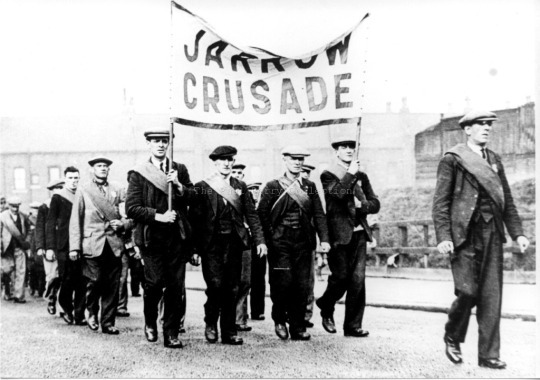
Areas that relied largely upon heavy industry, like the Northeast of England, were hit particularly hard by the Great Depression. On the southern bank of the River Tyne, Jarrow was just one of many industrial communities ravaged by unemployment, poverty, disease and starvation in the 1930s. Meanwhile, the National Coalition Government under Conservative Prime Minister, Stanley Baldwin, appeared to be looking the other way.
'One Nation' Conservatism had seen Baldwin steer the Tory ideology toward a much more compassionate, inclusive and interventionist position, at least in theory. Nineteenth Century Prime Minister Benjamin Disraeli had contended that the divide between rich and poor had rendered Britain 'two nations', between which there was 'no intercourse and no sympathy'.
In a speech in 1924, Baldwin said;
"…We stand for the union of those two nations of which Disraeli spoke two generations ago: union among our own people to make one nation of our own people at home which, if secured, nothing else matters in the world..."
According to Conservative Historian, Lord Alistair Lexden;
"…Tory policy was reshaped to advance the cause of 'One Nation'. Social reform became the Party’s dominant preoccupation for the first time in its history. The Conservative Party, Baldwin declared at the 1929 election, regards the prosperity of trade and industry, not as an end in itself, but as a means to improve the condition of the people…"
In 1986, a Jarrow resident during this period recalled to the BBC;
"…Pathetic. The Jarrow of those days was a filthy, dirty, fallen down consumptive area in which the infantile death rate was the highest in the country, and TB was a general condition…"
Jarrow Labour MP Ellen Wilkinson later wrote;
"…There was no work. No one had a job except a few railwaymen, officials, the workers in the co-operative stores, and a few workmen who went out of the town…The plain fact is that if people have to live and bear and bring up their children in bad houses on too little food, their resistance to disease is lowered and they die before they should…"
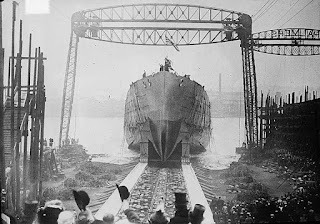
Palmer’s Shipyard, the principal source of employment since 1851, had closed down in 1934. Government unemployment benefits in those days lasted six months, after which responsibility was handed to the Unemployment Assistance Board, from which any tangible support was difficult to access and ultimately far from adequate. Eligibility was also subject to the controversial Means Test, first introduced in 1931. This meant that the combined wages and assets of all members of the household were taken into account when deciding whether or not individual unemployment relief should be forthcoming. In the context of the time, this was particularly humiliating for unemployed men who saw it as their duty to be the family provider.
Facing indifference from Westminster, the local Borough Council initiated a non-partisan campaign to try to bring employment, in the form of a new steelworks, back to the area. Two hundred unemployed men, selected from a pool of around 1400 volunteers, would march more than 280 miles to London to petition the government to establish new industries.
The marchers set off at 11 am on October 5th, 1936. As The Manchester Guardian reported, it wasn’t a hunger march, but a protest march. This was an important distinction in the context of the time, as the hunger march movement was seen as a communist initiative, one short step away from revolution, and a movement from which the mainstream Labour Party was keen to keep its distance. The Guardian also pointed out that at that time, less than 15% of the eligible Jarrow workforce was actually in work.
The Manchester Guardian;
"…There is no political aspect to this march. It is simply the town of Jarrow saying send us work. In the ranks of the marchers are Labour men, Liberals, Tories, and one or two Communists, but you cannot tell who's who..."
"...With the marchers goes, prominently carried, the Jarrow petition for work, a huge book with about 12,000 signatures, which Miss Ellen Wilkinson, MP for Jarrow, is to present at the bar of the House of Commons on November 4th..."
One marcher later recalled to the BBC, in 1977;
"…The spirit of the men was such that we were expecting something. We were expecting to prove to the capital, at that time, that here’s men from Jarrow. The spirit they had shown all the way down…Here we are, we want work and we are going to put our case that we must have work for the benefit of our wives and children…"
The marchers reached London by the end of October. A rally was held in Hyde Park, followed subsequently by the official presentation of the petition to Parliament by Ellen Wilkinson MP. The government remained unmoved, and there proved to be little or no immediate effect on economic or industrial policy. The men returned home by train, courtesy of donated tickets.
According to the UK National Archives;
"...To add insult to injury, the Unemployment Assistance Board officials in Jarrow docked the dole of the marchers because they had not been available for work. After the Jarrow March the Cabinet resolved to convince organisers that marches were unhelpful and caused unnecessary hardship to those taking part..."
Other reports suggest that the Cabinet's attitude was more about deterring any future protest marches, rather than concern for the marchers' welfare. Even the Labour Party itself was, at best, lukewarm in its support. Ellen Wilkinson had addressed their Edinburgh conference on the issue of Jarrow, but had found the agenda dominated by discussions of the Spanish Civil War and issues surrounding rearmament. There was even criticism of the idea of the march itself, and the physical burden it placed on unemployed and starving men.

Marcher Sam Rowland suggested that while the majority of politicians seemed unconcerned, public opinion was markedly different;
"…If the march achieved anything…it made the condition and lives of people a factor that should always be brought into consideration at the top level… and not left to work out their own salvation…"
The Guardian, BBC News and multiple other sources name the last surviving Jarrow Marcher as Con Shiels, who died in 2012, and who had felt that the march had made 'not one hap’orth of difference'.
For some additional context on this, @robbielewis has a fascinating article on Con Whalen, who passed away in 2003. He was the last surviving marcher who had completed the march in its entirety.

https://www.tumblr.com/robbielewis/716998502772785152/cornelius-whalen-the-last-jarrow-marcher?source=share
The next general election was held nearly a decade later, in 1945, as World War Two was coming to an end. Memories of the Depression era National Government and the desperate times of the interwar years would be a key factor in the landslide victory for the Labour Party.
References include BBC News, Liverpool Echo, Manchester Guardian archives, Spartacus Educational, Lord Lexden (Official Historian of the Conservative Party) (Website), BBC Radio 4 - Great Lives (Ellen Wilkinson), BBC Witness -The Great Depression and The Jarrow March, BBC History-Referencing Ellen Wilkinson’s The Town that was Murdered
#social history#uk politics#working class history#social justice#uk government#human rights#history#jarrow march#industrial history#industrial heritage#uk history#british culture#jarrow crusade#tyneside
37 notes
·
View notes
Text
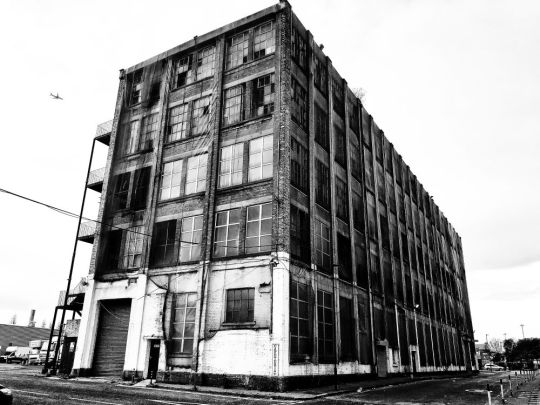
Industrial history. South London, January 2024.
#black and white photography#city photography#deindustrialization#industrial history#london#original photographers#photographers on tumblr#photography#south east london#south london#urban photography
11 notes
·
View notes
Text

One of Glasgow’s famous house-end murals. This one, by Artist Mark Worst, shows St Thenue, now more commonly known as St Enoch, the mother of St Mungo, Glasgow’s patron saint. The mural is just off London Road facing up Abercromby street in Bridgeton.
The mural Illustrates St Thenue being guided across the Firth of Forth by a shoal of trout. The patterned shawl she wears features 29 motifs - a tribute to the 29 East End women who died in the 1889 Templeton factory disaster in which a wall collapsed onto a weaving shed.
15 notes
·
View notes
Text


Abandoned Kreenholm textile factory II 2023
27 notes
·
View notes
Text

Chestnut Hill Waterworks, Boston
Besides working on big engines on occasion (well, once) I also draw them.
Those who are unfamiliar with waterworks steam engines may watch the videos and look at the photographs I've posted of the Woburn engine and say, "That's a big engine!" And you're right, she is a big engine, in comparison to us people! Really, she is only about four stories high from the bottom of the pumps to the steam cylinders
Four stories? That's, quite literally, as high as a building! That's not small at all! Well, when you take a look at other engines in big waterworks in big cities, she is VERY small! The engines in Buffalo, New York, if memory serves, are about eight stories, and the engines in Cincinnati are eleven stories, or 104 feet in height! Those, the Cincinnati engines, are the largest in the world, and their building is now a museum, as well as a functioning waterworks.
THIS engine, which I have drawn, is housed at the former Chestnut Hill Waterworks, now the Metropolitan Waterworks Museum, in Boston, a short distance from Woburn.
Now, you may recall, if you have been here before, that I said Woburn is entirely unique, and here I am now, listing off museums where you can go and see other big waterworks engines. Well, the thing about these museums is that the engines are cold and unmoving. They are in good condition, though, and could very easily run again, given just a few months of work (that is not at all an exaggeration, by the way, Woburn was returned to steam, from derelict condition, in about... half a year if memory serves). Ah well, it's one of those things. At least they're still here!
#steam engine#history#industrial#industrial history#massachusetts#new england#steam#boston#sketch#traditional art#traditional drawing#traditional illustration#traditional sketch#sketches#art#artwork#drawing#illustration
4 notes
·
View notes
Text

A selection of photos and video clips from my recent visit to Blists Hill Victorian Town for their Heavy Horse Weekend, which saw a selection of wagons pulled by magnificent shire horses traversing the site, in addition to a horse bus giving rides to visitors, a wagon tyring demonstration, and opportunities to pet and guid the shire horses.
See the full footage compilation on YouTube.
#Blists Hill Victorian Town#Heavy Horse Weekend#shire horse#horse-drawn wagon#Victorian Era#England#Great Britain#history#heritage#working history#open air museum#Ironbridge George Museum Trust#event#historical demonstration#Creative Commons#Stook Video#historical photography#Michael's Mission#industrial town#dray#brewery wagon#industrial history
2 notes
·
View notes
Photo
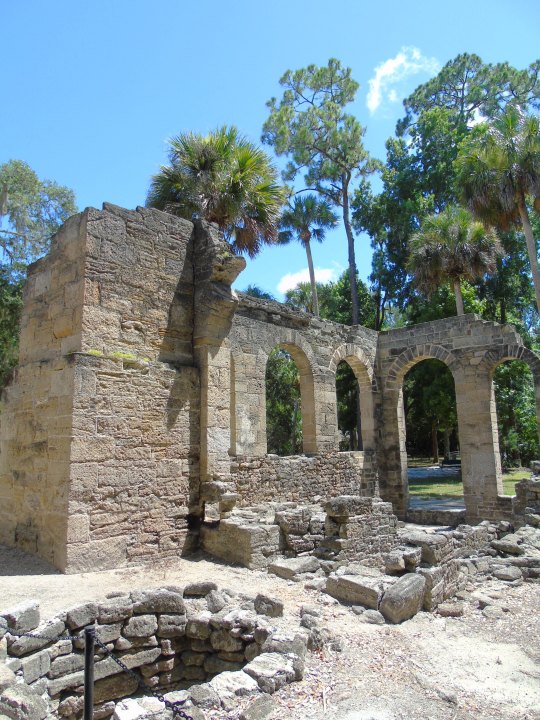
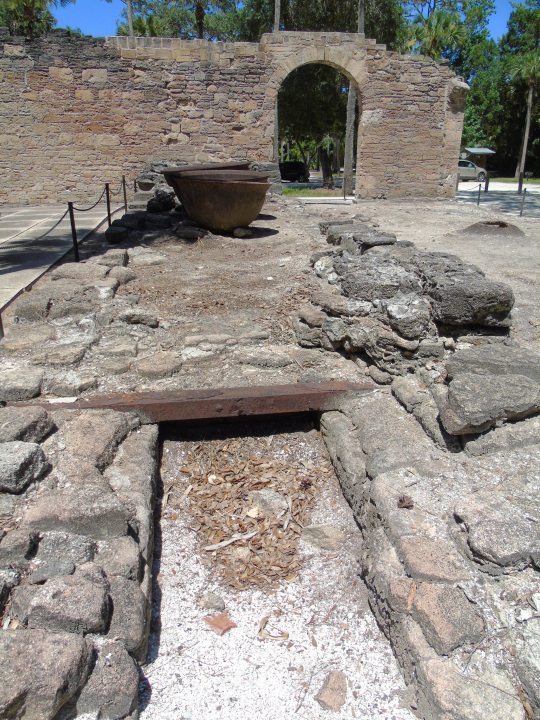

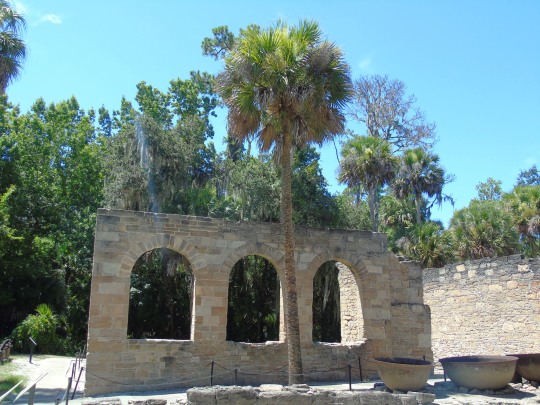
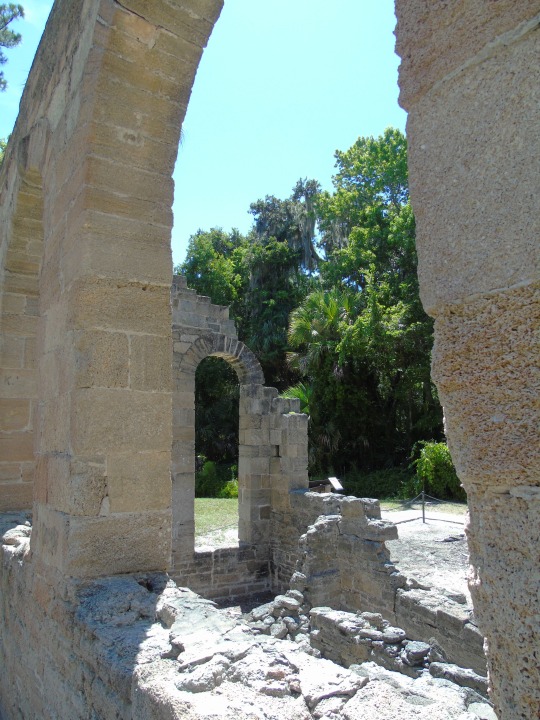





The New Smyrna Sugar Mill Ruins (also known as the Cruger and DePeyster Sugar Mill) was added to the U.S.National Register of Historic Places on August 12, 1970.
#New Smyrna Sugar Mill Ruins#Cruger and DePeyster Sugar Mill#Florida#USA#New Smyrna Beach#Volusia County#tourist attraction#landmark#U.S.National Register of Historic Places#12 August 1970#free admission#landscape#industrial history#anniversary#US history#natur#flora#palm tree#summer 2016#original photography#Southeastern Region#travel#vacation
4 notes
·
View notes
Photo



deutz-mülheimer straße // köln mülheim
I
industrial cultural heritage embedded in a desert of emptiness. the klöckner-humboldt-deutz complex continues to lie abandoned and unused, decaying away.
an awakening from its slumber is uncertain. so many uses for the benefit of all would be feasible, but people prefer to sacrifice to filthy lucre.
film: kodak ultramax 400
#kodak#kodak ultramax 400#köln#köln mülheim#cologne#nrw#rhineland#klöckner humboldt deutz#35mm#canon#canon a1#history#architecture#architecture photography#urban#urban photography#design#photography#industrial history#color film#analog photography
47 notes
·
View notes